News
Metro Silence Fuels Concern Over Darulshifa Sacred Structures
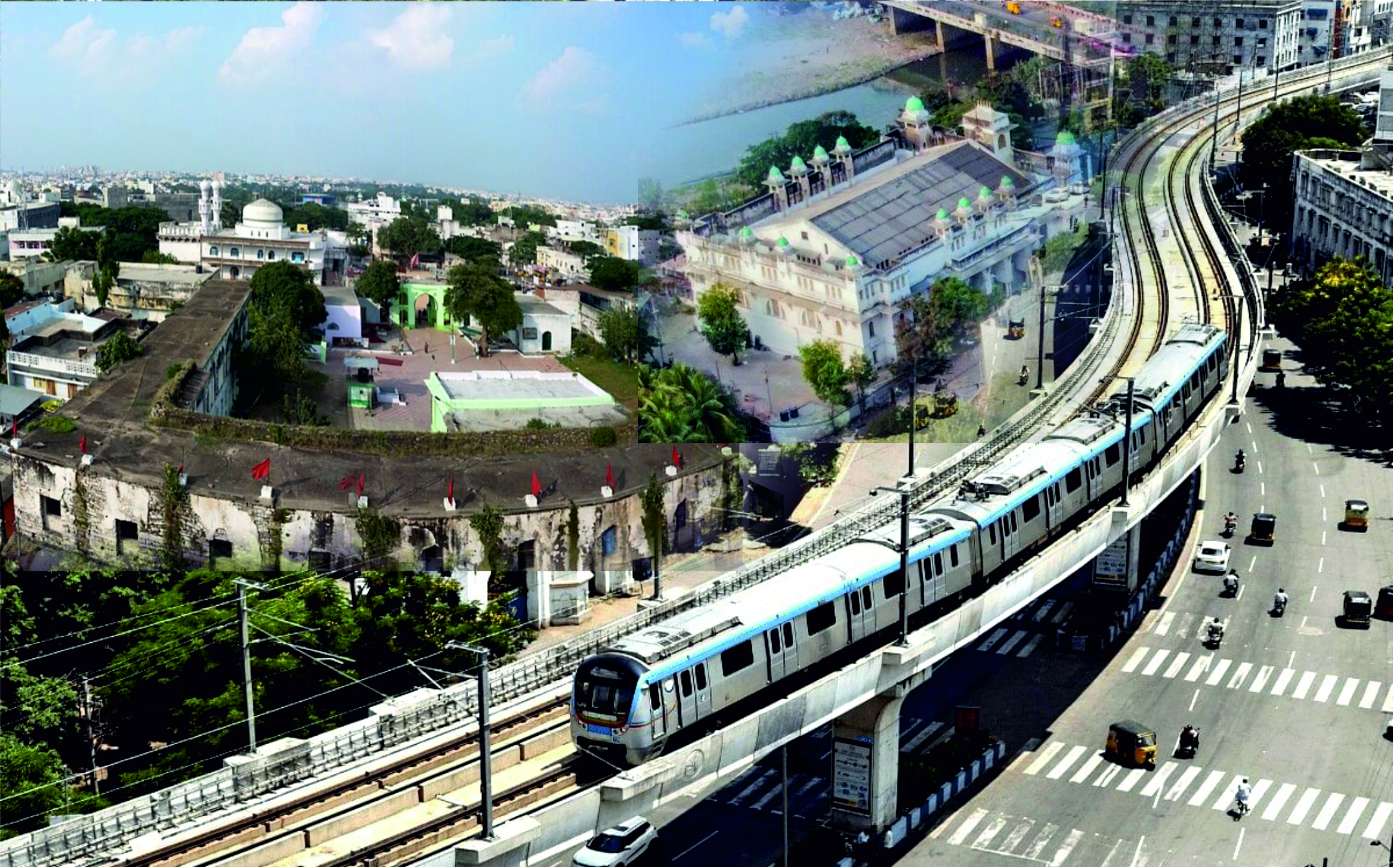
Protecting Hyderabad’s Heritage: Clarification Sought from HMRL Over Concerns of Metro Work Near Religious and Heritage Sites
Hyderabad: Prominent journalists and community representatives Dr. Zeeshan Abbas Razvi and Najaf Ali Shoukath, Senior Journalist, today visited the office of Hyderabad Metro Rail Limited (HMRL) seeking official clarification over public concerns related to Metro development activities in Hyderabad’s Old City.
The concerns relate specifically to potential disturbances near Alawa Sartouq Mubarak (Bargah Imam Zainul Abideen a.s.), the historic Dar-ul-Shifa Hospital, and surrounding commercial establishments — sites of high religious, cultural, and historical significance.
The delegation met with the General Manager at HMRL, who assured them that the Metro project is not disturbing the mentioned properties and that a written confirmation would be issued once Managing Director Mr. N.V.S. Reddy returns from his official tour to Japan with the Hon’ble Chief Minister.
Speaking to the media, Dr. Zeeshan Abbas Razvi stated:
“The community is not against development. But our cultural and religious heritage must not be compromised. We’ve been assured that no such harm will be caused, and we now await formal confirmation in writing.”
Najaf Ali Shoukath added:
“Alawa Sartouq Mubarak is sacred to the Shia community, and Dar-ul-Shifa is part of Hyderabad’s historic fabric. Their protection is non-negotiable.”
A representation submitted earlier on 24th March 2025 was re-acknowledged during the meeting. The delegation urged for:
- Prompt written assurance from HMRL
- Commitment that no heritage or religious structure will be altered or encroached upon
- Inclusive planning in sensitive zones with input from local communities
Copies of the letter have been forwarded to:
- Hon’ble Chief Minister of Telangana
- Director, Heritage Department
- Principal Secretary, Municipal Administration & Urban Development
The delegation reaffirmed that any action compromising these structures will meet with public resistance and must be avoided at all costs.
News
Thunderstorm Lashes Hyderabad: Causes and Formation Explained
A sudden thunderstorm hit Hyderabad on April 18, 2025, bringing heavy rain, lightning, and brief relief from heat.

Introduction
On April 18, 2025, Hyderabad witnessed a powerful thunderstorm that brought brief but intense rainfall, strong gusty winds, thunder, and lightning across various parts of the city. This sudden weather shift offered a welcome break from the scorching summer temperatures but also led to waterlogging in a few low-lying areas and traffic snarls in parts of the city. The India Meteorological Department (IMD) had issued alerts for thundershowers in the region, and the event unfolded as predicted.
What Triggered the Thunderstorm?
The thunderstorm over Hyderabad was primarily the result of pre-monsoon atmospheric instability. During this period, typically from March to May, the land surface heats up rapidly due to increased solar radiation. This heating causes the air near the ground to become very warm and moist, creating favorable conditions for storm formation.
According to meteorologists, three main ingredients must be present for a thunderstorm to develop: moisture, atmospheric instability, and a lifting mechanism. Hyderabad had all three on the evening of April 18. High daytime temperatures, combined with the presence of moisture-laden air from the Bay of Bengal, created an unstable environment. A sudden shift in wind patterns or a localized trough likely acted as the lifting mechanism that triggered the storm.
How Do Thunderstorms Form?
Thunderstorms are formed when warm, moist air near the Earth’s surface rises rapidly into the cooler upper layers of the atmosphere. As the air rises, it cools and condenses, forming cumulonimbus clouds. These clouds can grow vertically up to 10–12 kilometers and are responsible for heavy rains, thunder, lightning, and sometimes hail.
Here’s a simplified breakdown of the thunderstorm formation process:
- Surface Heating: The sun heats the Earth’s surface, causing the air above it to warm.
- Uplift of Warm Air: Warm air is lighter than cool air and begins to rise.
- Cooling and Condensation: As the warm air rises, it encounters cooler air at higher altitudes. The moisture in the warm air condenses to form clouds.
- Cumulonimbus Cloud Formation: Continued rising causes the cloud to grow taller, becoming a cumulonimbus cloud capable of producing lightning and thunder.
- Rainfall and Downdrafts: Eventually, water droplets combine and fall as rain. Cold downdrafts often accompany this process, bringing gusty winds to the surface.
Impact on Hyderabad
The thunderstorm provided temporary relief from the heat, with temperatures dropping by 3–4 degrees Celsius in several areas. However, it also caused minor disruptions. Trees were uprooted in some colonies, and waterlogging affected traffic flow in places like Mehdipatnam, Kukatpally, and Malakpet. No serious damage or casualties were reported, and emergency response teams were on alert throughout the evening.
Conclusion
The thunderstorm that hit Hyderabad on April 18 was a typical example of pre-monsoon convective activity. While these storms are common in this season and often bring relief from the heat, they can also cause sudden disruptions. Understanding how thunderstorms form helps residents and city planners prepare better for such events. As summer continues, more such weather systems may develop, and staying updated with IMD alerts is essential for safety.
News
Traffic Checks Turn Deadly: Why Urgent Action is Needed
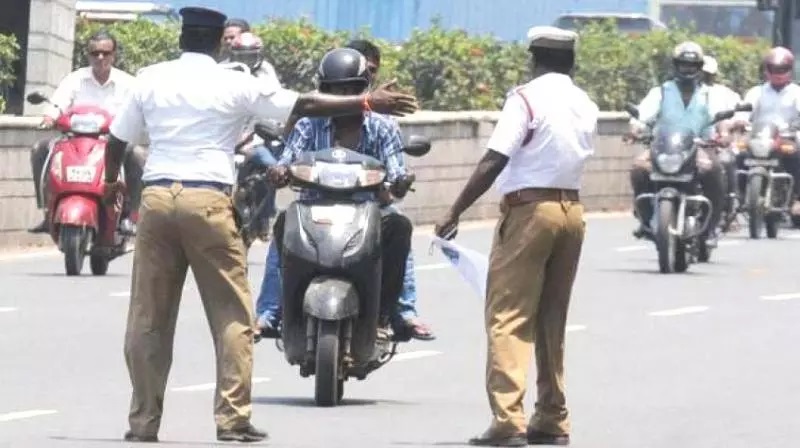
The tragic death of Joshi Babu, a 40-year-old carpenter from Balanagar, Hyderabad, has sparked widespread outrage and brought to light the urgent need for systemic reforms in how vehicle checks are conducted by traffic police. On April 13, 2025, Joshi Babu lost his life after allegedly being pulled by his collar by a traffic constable during a vehicle check, causing him to lose control of his bike and fall under an RTC bus.
Witnesses at the scene claim that after the fatal accident, the body of Joshi Babu lay unattended on the road for nearly 20 minutes, with no immediate ambulance called. When local residents gathered to protest this negligence, the situation escalated further, with reports of lathi charges to disperse the crowd. This series of missteps underscores a larger systemic failure that urgently needs to be addressed.
What Went Wrong?
- Excessive Use of Force:
Attempting to physically grab a moving motorist is not only unsafe but also against basic traffic enforcement protocols. Physical intervention should always be a last resort, especially when it can endanger lives. - Lack of Immediate Medical Response:
Timely medical help could save lives even after severe accidents. The delay in calling an ambulance reveals a shocking gap in emergency response. - Poor Crowd Management:
Instead of calming the grieving and angry community, the reported use of force by the police only intensified the situation, creating mistrust and fear among citizens.
What Needs to Change?
- Strict Enforcement Protocols:
Police officers should be trained to follow non-confrontational methods during vehicle checks. Clear guidelines must prohibit physically stopping vehicles, especially in traffic-heavy areas. - Emergency Medical Training:
Every traffic checkpoint should have a rapid medical response plan. Officers should be equipped to call ambulances immediately and provide basic first aid if necessary. - Use of Technology for Checks:
Automated systems like ANPR (Automatic Number Plate Recognition) cameras should be used to identify vehicles with pending challans, minimizing direct confrontations. - Accountability and Transparency:
Body cameras for traffic police can help ensure transparency and protect both citizens and officers. Every action can be reviewed if disputes arise. - Public Awareness and Sensitization:
Regular public advisories on how vehicle checks will be conducted can foster better cooperation between citizens and law enforcement.
Why Immediate Action is Critical
If incidents like the one in Balanagar are not taken seriously, they risk eroding the public’s trust in the very systems meant to protect them. Loss of life due to negligence or excessive force cannot be normalized. If we fail to implement corrective measures now, the gap between the public and the police will only widen, leading to more unrest, fear, and avoidable tragedies.
Joshi Babu’s death must serve as a wake-up call. Real reform, not just apologies, is the need of the hour.
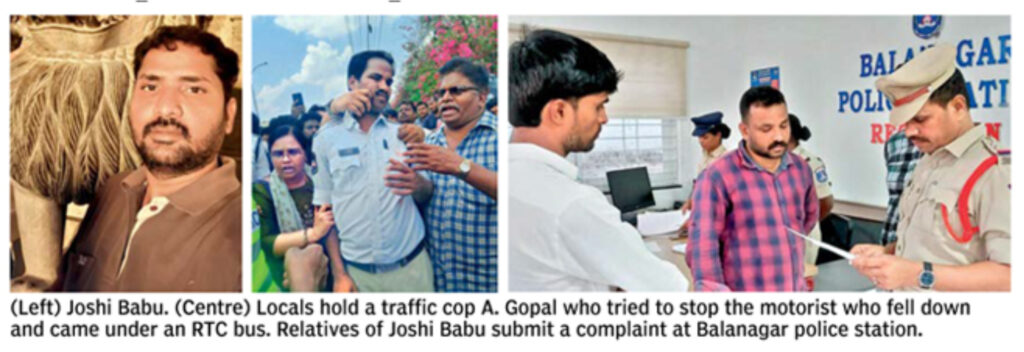
In memory of Joshi Babu, and in the interest of public safety, we must act now to ensure no family suffers this loss again.
News
UoH Students’ Union Appeals to Meenakshi Natarajan for Land Damage Assessment
The Students’ Union emphasized the importance of preserving the biodiversity of the region and ensuring that student rights are protected.
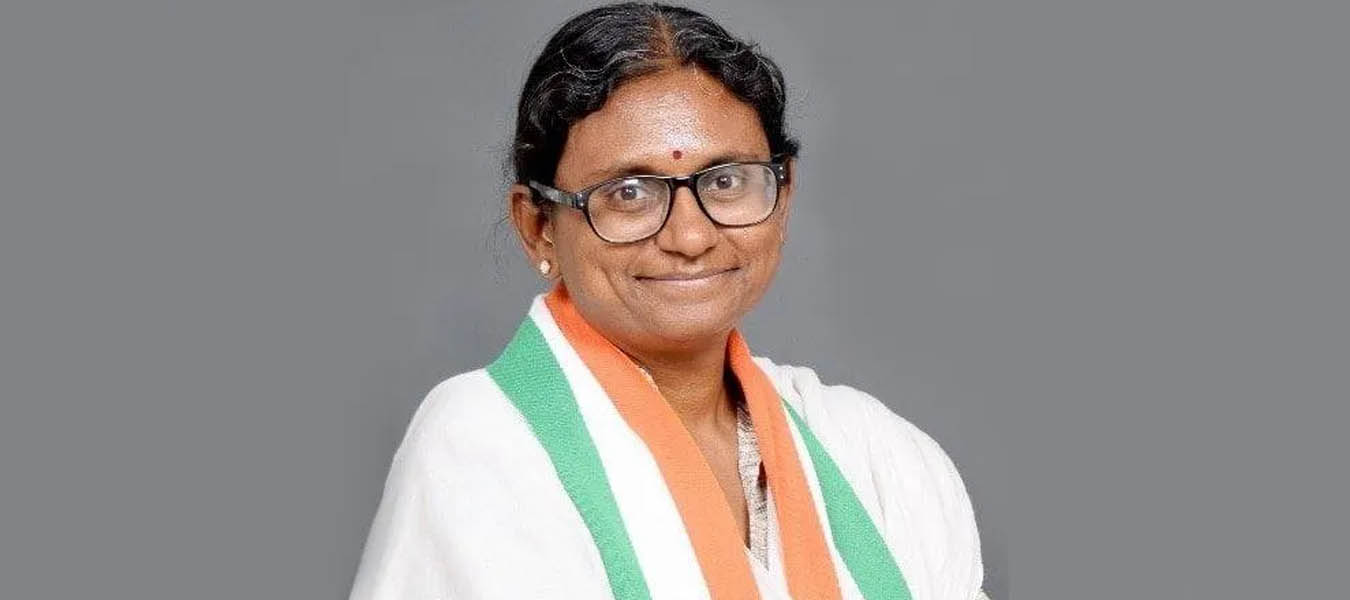
Education Today Correspondent | April 7, 2025
Hyderabad –
The University of Hyderabad Students’ Union (UoHSU) has appealed to Meenakshi Natarajan, the All India Congress Committee (AICC) in-charge for Telangana, to facilitate a damage assessment survey on a 400-acre land parcel located in Kancha Gachibowli, adjacent to the university campus.
During a meeting held on Sunday with Natarajan, students and representatives from various civil society groups expressed their concerns regarding the condition of the land. The Students’ Union requested permission for a collaborative survey involving the Union, expert faculty members, and researchers to assess environmental damage and collect biodiversity data.
In a memorandum submitted to Natarajan, the Students’ Union further demanded the withdrawal of charges filed against students in connection with protests. According to UoHSU President Umesh Ambedkar, several students have been named in multiple FIRs registered across police stations in Telangana. Two students currently remain in jail.
The Students’ Union emphasized the importance of preserving the biodiversity of the region and ensuring that student rights are protected.
The meeting reflects the growing concerns over the environmental impact on university-adjacent lands and the legal issues faced by student activists.
-
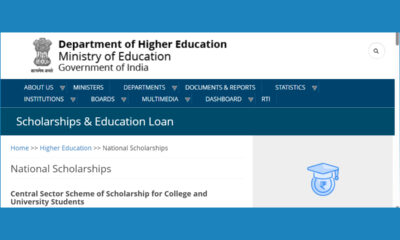
 Scholarships4 weeks ago
Scholarships4 weeks agoLatest Scholarships: National and International Opportunities 2025
-
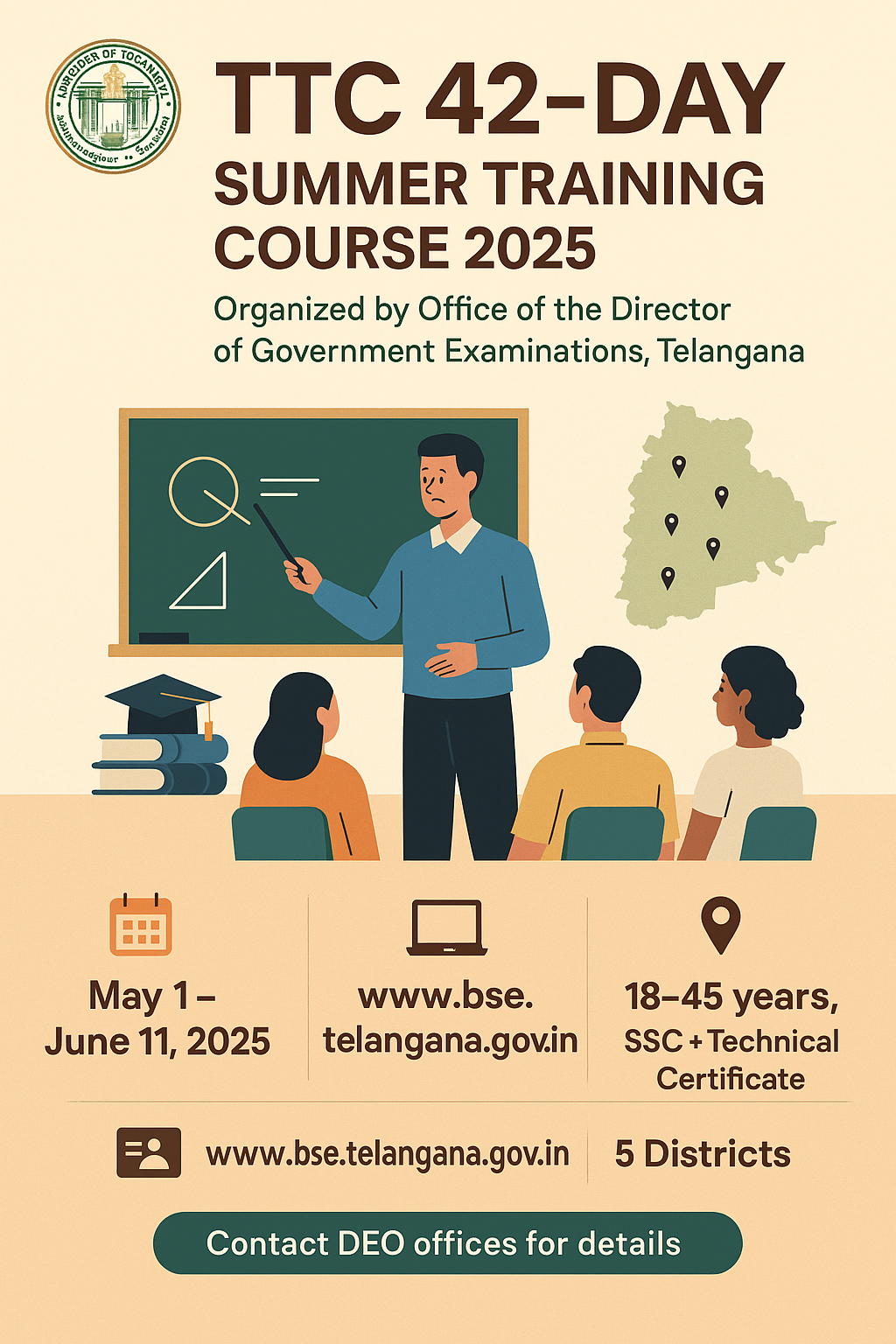
 Exams & Results2 weeks ago
Exams & Results2 weeks agoTechnical Teacher’s Certificate (TTC) 42-Day Summer Training Course Announced in Telangana
-

 Sports3 months ago
Sports3 months agoIPL Auction 2025: Big Buys, Surprise Picks, and New Team Strategies
-

 News3 weeks ago
News3 weeks agoTraffic Checks Turn Deadly: Why Urgent Action is Needed
-

 Interviews4 weeks ago
Interviews4 weeks agoBest Indoor Plants in India for Decoration
-

 Exams & Results3 weeks ago
Exams & Results3 weeks agoTop Competitive Exams in May 2025: Key Dates, Details, and How to Prepare
-

 Careers & Jobs8 years ago
Careers & Jobs8 years agoExciting Career Opportunities at Uber Hyderabad
-

 Sports2 months ago
Sports2 months agoWhy Only Cricket Gets the Spotlight in Indian Sports and What Will Happen if We Don’t Address It





